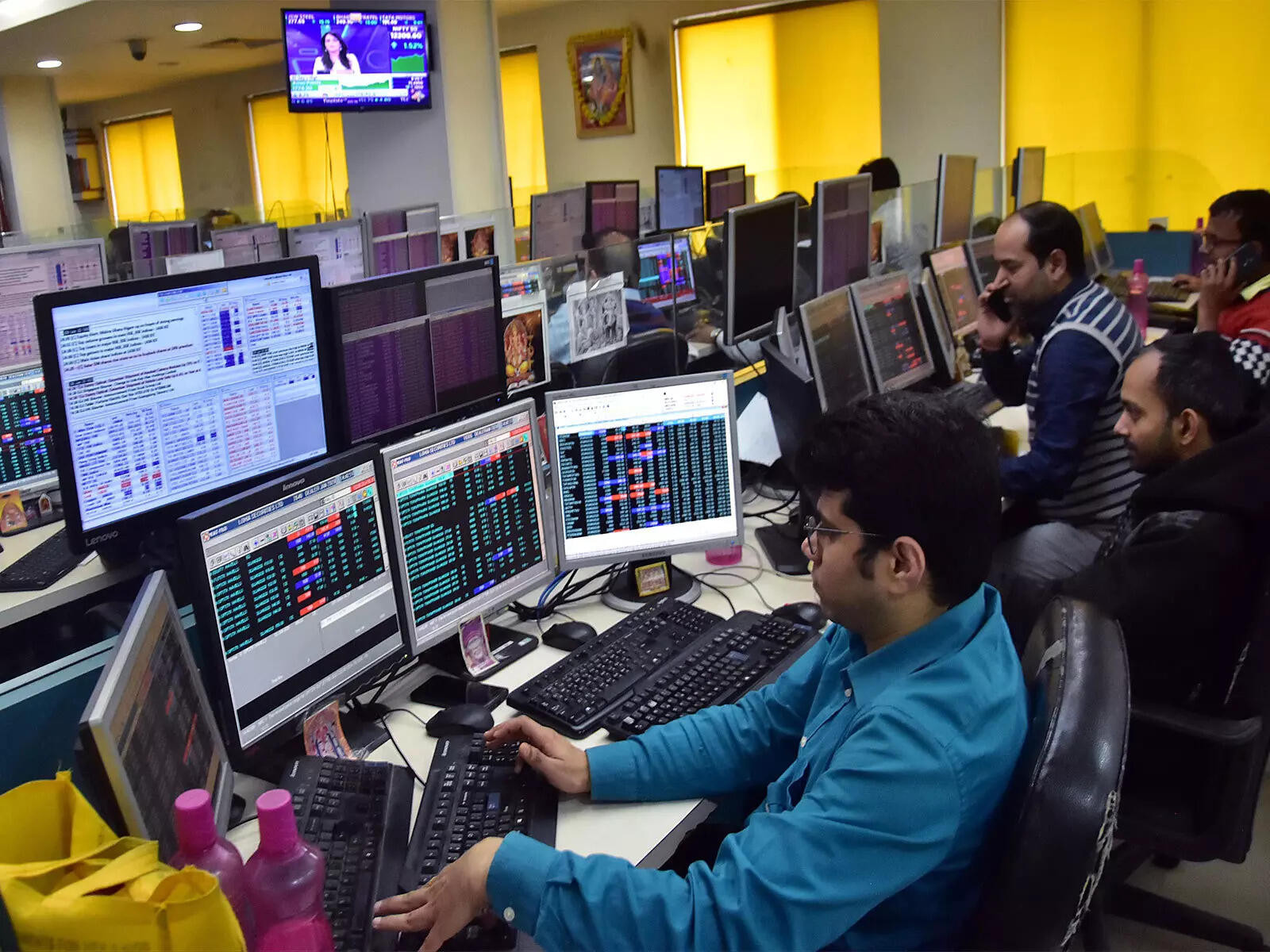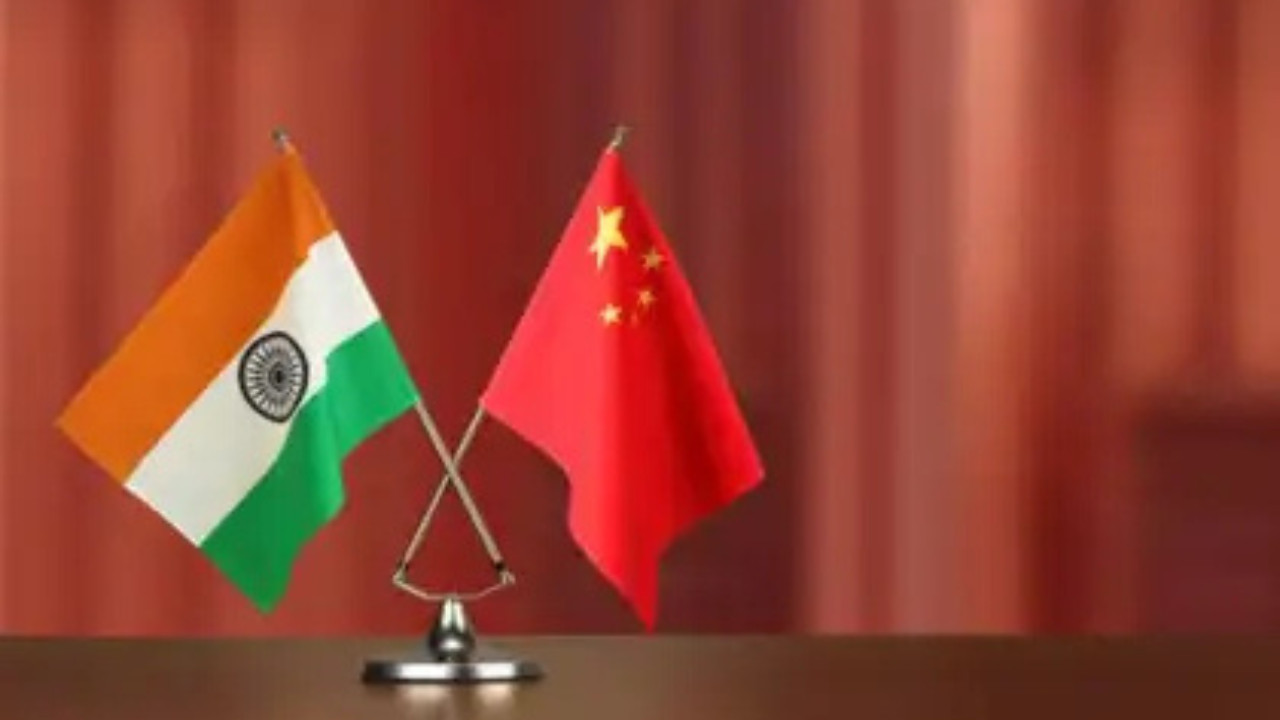The rupee’s recent slide past 88 against the dollar has sparked concerns in financial markets, prompting banks to reduce trading exposures. Importers with unhedged positions and corporates using forex derivatives face potential losses. Experts suggest the RBI might allow further depreciation to aid exporters, especially with US tariffs looming.
Navigating the Rupee’s Rocky Waters: What’s Next?
The Indian rupee has been making headlines, and not for the right reasons. It recently dipped to a record low, breaching the 83-against-the-dollar mark. This isn’t just a number on a screen; it’s a tremor felt throughout the Indian economy, sending ripples through businesses and impacting everyday consumers. So, what exactly is going on, and what can we expect in the coming months?
The rupee’s slide is a complex issue, influenced by a confluence of global and domestic factors. A major driver is the strength of the US dollar. As the US Federal Reserve continues its battle against inflation by raising interest rates, the dollar becomes more attractive to investors seeking higher returns. This, in turn, puts downward pressure on other currencies, including the rupee. Think of it like a seesaw: as the dollar goes up, the rupee tends to go down.
<img src="image-of-rupee-coins.jpg" alt="A stack of Indian Rupee coins representing the challenges of the current economic climate and strengthening the rupee.” width=”600″ height=”400″>
Beyond the global landscape, India’s own economic dynamics play a crucial role. Rising import costs, particularly for crude oil, put a strain on the country’s trade balance. India imports a significant portion of its oil needs, and a weaker rupee makes these imports more expensive. This increase in import costs can fuel inflation and further erode the rupee’s value. The balance of foreign investment also matters; outflows exceeding inflows can contribute to the rupee’s depreciation.
Corporate Concerns Mount
The weakening rupee is causing anxieties among Indian businesses, particularly those with significant foreign currency debt. A depreciating rupee makes it more expensive to repay these debts, potentially impacting profitability and financial stability. Exporters, on the other hand, might see a silver lining. A weaker rupee can make Indian goods more competitive in international markets, potentially boosting exports and increasing revenue. However, this benefit is often offset by the increased cost of imported raw materials and components used in manufacturing.
RBI’s Role: Steering the Ship
The Reserve Bank of India (RBI) plays a crucial role in managing the rupee’s volatility. The RBI has various tools at its disposal, including intervening in the foreign exchange market by selling dollars to buy rupees, thereby increasing demand for the Indian currency and stabilizing its value. The RBI can also use interest rate adjustments to influence the rupee’s trajectory. Raising interest rates can attract foreign investment, supporting the rupee, but it can also dampen economic growth. Finding the right balance is a delicate act. The RBI’s strategy has been to allow the market to determine the currency’s value but to intervene when volatility becomes excessive, threatening economic stability.
Looking Ahead: Charting a Course
Predicting the future of the rupee is a tricky business, as it depends on numerous interconnected factors. The trajectory of the US dollar, global economic growth, and India’s own economic performance will all play a significant role. Investors and businesses are closely watching the RBI’s next moves, anticipating further interventions to stabilize the currency. Furthermore, government policies aimed at boosting exports, attracting foreign investment, and managing inflation will be crucial in determining the rupee’s long-term health. Understanding the complexities of currency fluctuations is important for sound financial planning, consider reading more about wealth management strategies for navigating economic uncertainty.
Ultimately, the recent slide in the Indian rupee underscores the interconnectedness of the global economy and the challenges of managing currency volatility. While the situation presents headwinds for some businesses, it also offers opportunities for others. Prudent policymaking and proactive risk management will be essential to navigate these turbulent waters and ensure a stable and prosperous future for the Indian economy. The focus now shifts to anticipating the RBI’s next move and evaluating the effectiveness of various strategies to stabilize the currency.







